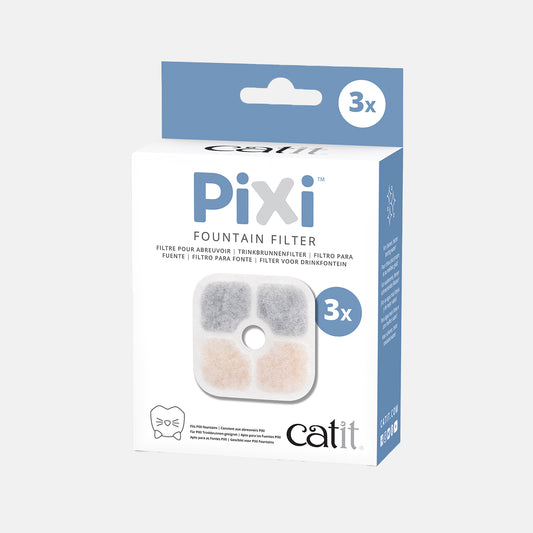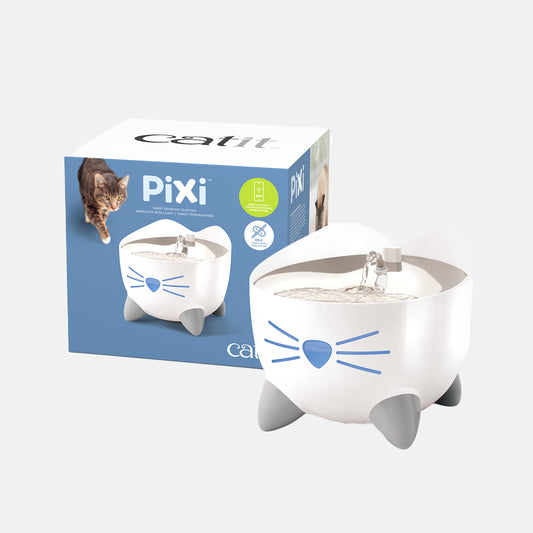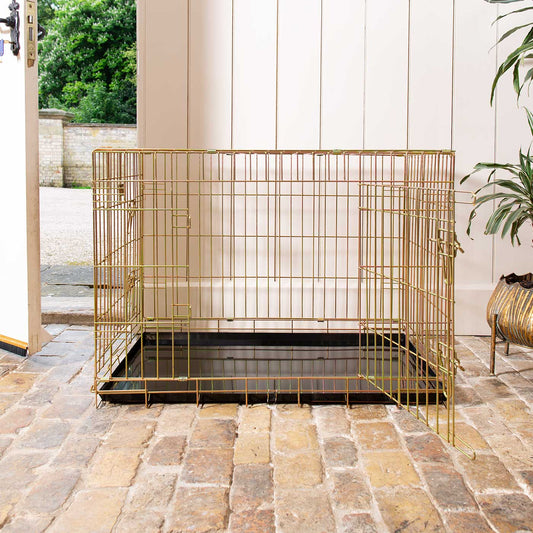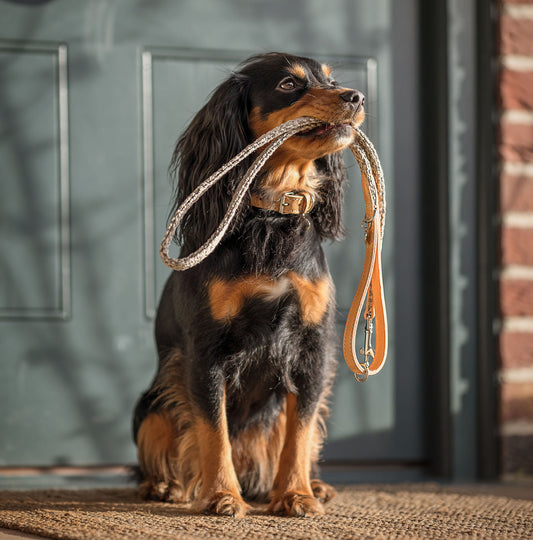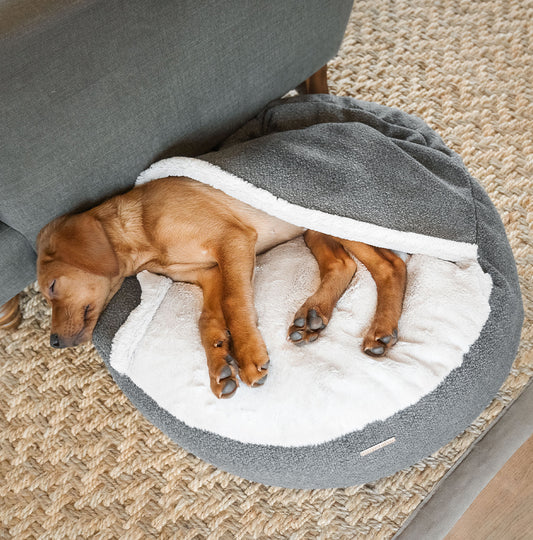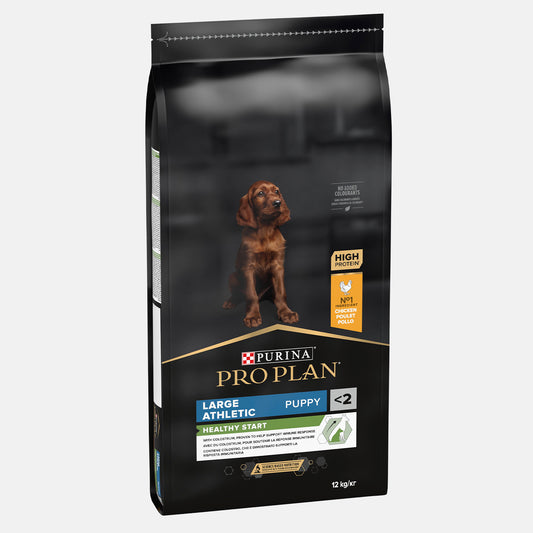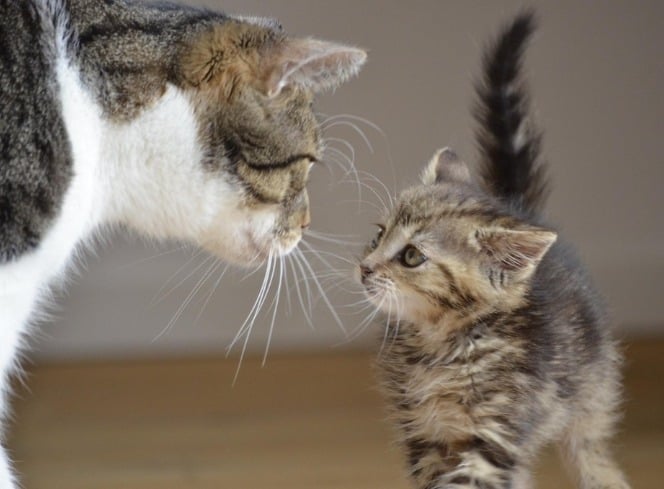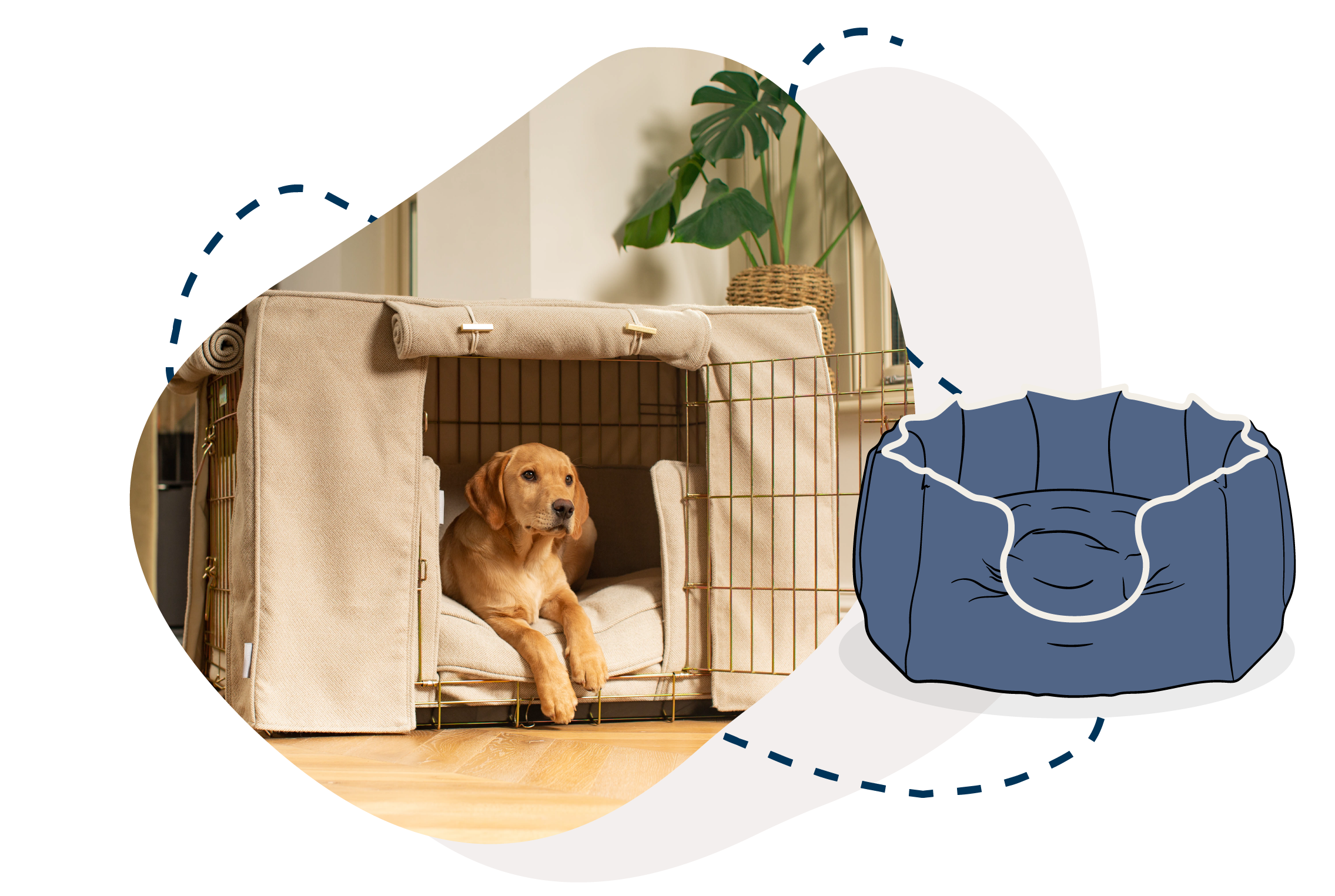
Understanding Pet Separation Anxiety
Pet separation anxiety is a behavioural issue where pets experience extreme stress when left alone or separated from their primary caregiver. While commonly associated with dogs, cats can also be prone to anxiety—so it’s something for all pet owners to be aware of. The reasons behind separation anxiety can vary: some animals have had traumatic pasts, others may have grown overly dependent on constant company, and some simply have a more nervous disposition. Why It Happens Change in Routine: A sudden shift—such as a new job requiring more hours away—can trigger anxiety in dogs or cats who are used to having you around. Past Trauma: Pets that have experienced abandonment or rehoming are at higher risk for separation-related issues. Lack of Socialisation: Animals not used to being left alone from a young age may struggle to cope when solitude becomes necessary. Recognising Separation Anxiety in Dogs When it comes to separation anxiety in dogs, symptoms often manifest within minutes of your departure. Paying attention to these indicators helps you catch any anxiety early, ensuring you can take steps to manage your dog’s stress before it escalates. Common Symptoms of Anxiety in Dogs Excessive Barking or Whining: If your dog regularly barks or whines as soon as you leave—or even when you’re just getting ready to go—that may be a clear sign of anxiety. Destructive Behaviour: Dogs with separation anxiety might chew furniture, rip up cushions, or claw at doors. This is often an outlet for pent-up stress. Pacing and Restlessness: Keep an eye out for constant pacing near doors or windows. Restless behaviour can indicate your pup is on edge. Urinating or Defecating Indoors: Accidents can happen for medical reasons, but if it only happens when you leave, it may stem from anxiety. Escaping Attempts: Some dogs will try to escape confinement by digging or scratching at doors or crates, which can lead to injury if left unchecked. If any of these anxiety in dogs symptoms sound familiar, it’s a good idea to consult with your vet to rule out any medical causes. Once you know it’s separation anxiety, there are strategies and products to help them cope. Want to know more about how to support a dog with anxiety? Our Pet Experts have covered it in this handy guide, they’ve put together all their tips and tricks so you can best support your anxious pup. Spotting Cat Separation Anxiety Cat separation anxiety can be more subtle than what we typically see in dogs, but it’s no less real. Cats are often portrayed as independent creatures, but many develop strong bonds with their owners and can become distressed when left alone. Signs of Separation Anxiety in Cats Excessive Meowing or Yowling: A typically quiet cat might become noticeably vocal when you’re about to head out—or while you’re gone. Over-Grooming: Cats with anxiety may lick or groom themselves excessively, sometimes leading to bald patches. Litter Box Issues: Much like dogs, cats might begin “going” outside the litter box if they’re stressed about you leaving. Clinginess: Some anxious cats follow their owners from room to room, showing signs of distress if they can’t see you. Hiding or Withdrawal: On the flip side, anxious cats might retreat and hide for long periods, seemingly avoiding interaction to cope with stress. If these signs of separation anxiety in cats resonate with you, don’t worry—there are plenty of ways to help ease your cat’s mind. Creating a calm environment and providing engaging toys or scratchers can help your feline friend feel more secure while you’re away. What About Kitten Separation Anxiety? Kittens are at a formative stage in their life, and kitten separation anxiety can set the tone for how they cope with alone time as adults. If a kitten becomes overly dependent on constant human contact, they may struggle to adapt when left by themselves. Ensuring your kitten gradually experiences short periods of alone time can help them develop healthy independence. Combine this with plenty of interactive toys and comforting bedding to offer them both mental and physical stimulation. How to Help Pets with Anxiety Managing pets with anxiety is all about creating a calm environment and gradually helping them realise that being alone is not something to fear. Here are some tried-and-true methods: Establish a Routine: Pets thrive on consistency. Try to feed them, walk them, and interact with them at roughly the same times each day. Positive Departures and Arrivals: Keep greetings low-key. Making a big fuss when you leave or come back can reinforce anxious behaviour. Instead, try leaving and returning calmly, with minimal fanfare. Safe, Cosy Spaces: Whether you have a dog or a cat, providing a comfortable “den” area—like a crate for dogs or a cat tree with a quiet hideaway spot for cats—can be extremely reassuring. For dog owners, we offer a range of calming anti-anxiety faux fur dog beds at Lords & Labradors that give pups a sense of security. The ultra-soft faux fur and supportive design can make a world of difference for an anxious dog. Interactive Toys and Puzzles: Give your pets something to focus on while you’re away. Puzzle feeders, treat dispensers, or scratching posts can keep them mentally engaged and distract them from your absence. For dogs we love the Nina Ottosson range of interactive toys, they keep our pups busy for ages! And for cats we love the Catit Senses circuits, they're great for stimulating your feline's mind. Scent Familiarity: Leave an item of clothing you’ve worn in their bed or safe space so they can find comfort in your familiar scent while you’re gone. Consider Calming Aids: Talk to your vet about whether calming supplements or pheromone diffusers could help reduce anxiety levels. We stock a range of pheromone diffusers here at Lords & Labradors, they work by replicating the pheromones that your dog or cat’s mum would have given off when they were puppies and kittens so can really help to put your pet at ease. Gradual Desensitisation: If your pet becomes anxious when they notice “departure cues” (like picking up keys or putting on shoes), try exposing them to these cues without leaving. Pick up your keys, then set them back down—repeat until it’s no longer a trigger. Building Confidence in Your Pet Fostering independence is crucial for pets with anxiety. Gradually increase the amount of time they spend alone. Start with just a few minutes—perhaps while you take out the rubbish—and slowly build up to longer periods. Praise and reward your pet’s calm behaviour when you return. Over time, they’ll learn that being alone isn’t something to worry about. Our Must-Haves For Pet Separation Anxiety Calming Anti-Anxiety Faux Fur Dog Beds: Our calming anti-anxiety faux fur dog beds are soft yet durable, perfect for making alone time feel safe and restful. Available in all of our best selling bed shapes there's sure to be a bed which meets your pet's needs! Pet Remedy Calming Collection: These diffusers and sprays are natural way of tackling stress and anxiety in cats and dogs, Pet Remedy calming spray and plug-ins work alongside the brain’s natural messengers called neuro-transmitters, which work by telling the nerve receiving the message either to calm or get ‘fired up’. In times of stress or anxiety the nerves get over stimulated, which leads on to the many different signs of stress we see in our pets. The special Pet Remedy blend of essential oils works alongside these natural relaxation pathways to help calm the nerves of anxious or stressed pets without the need for sedation. When to Seek Professional Help If you’ve tried introducing routines, calming products, and training techniques but still notice persistent pet separation anxiety, it’s time to talk to a professional. Vets, certified animal behaviourists, or qualified dog trainers can provide tailored advice and interventions. In some cases, medication might be recommended, but this is typically considered after other strategies have been tried. Final Thoughts Pet separation anxiety can feel overwhelming, but rest assured there are plenty of ways to help your furry companions feel more comfortable during alone time. By understanding what anxiety in dogs and cat separation anxiety look like—and using supportive strategies like routine, safe spaces, and comforting products—you’ll be well on your way to improving your pet’s well-being. Remember: spotting anxiety in dogs symptoms or the signs of separation anxiety in cats is the first step. From there, consistent effort, patience, and a dash of creativity can make a world of difference. If you need extra support, don’t hesitate to consult a professional. And if you’re looking for products to make your pet’s downtime more soothing, explore our Calming Anti-Anxiety Collection to keep your pet feeling secure and pampered. After all, a calm and confident pet is a happy companion—no matter how long you’re out and about! We hope this guide has given you a better understanding of how to spot separation anxiety in your pets and what you can do to help them relax.



































































